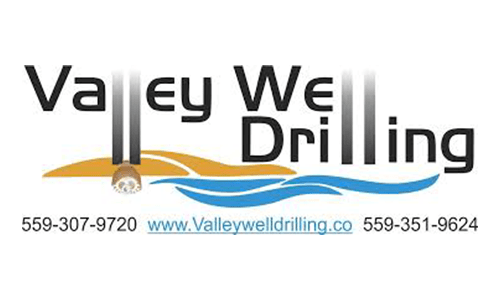Introduction
In the arid expanses of Arizona, where water is as precious as gold, sustainable water management is not just good practice—it is essential for survival. Cattle ranchers, who are among the largest consumers of water in the state, are increasingly turning to innovative water-saving strategies to ensure the sustainability of their operations and the surrounding ecosystems. This article explores several effective practices being employed, such as rainwater harvesting, efficient irrigation systems, and water recycling methods.
Rainwater Harvesting: Capturing Every Drop
One of the most effective techniques that Arizona ranchers have adopted is rainwater harvesting. This method involves collecting and storing rainwater from roofs, land surfaces, and even from runoff areas to be used for various agricultural purposes. By installing simple gutter systems and storage tanks, ranchers can capture thousands of gallons of water annually. This stored water is particularly useful during dry spells, reducing dependence on local water bodies and groundwater reserves.
For instance, the Big Cholla Ranch in southeastern Arizona has installed an extensive system of rainwater catchments and diversion terraces. The system is designed to channel water runoff into a series of ponds and reservoirs, which then serve as water sources for cattle and irrigation. This practice not only conserves water but also helps in reducing erosion and replenishing the local aquifer.
Efficient Irrigation Systems: Maximizing Every Drop
Efficient irrigation is another cornerstone of water conservation strategies for Arizona ranchers. Drip irrigation and sprinkler systems are replacing traditional flood irrigation methods, which are notorious for high water waste due to evaporation and runoff. Drip irrigation delivers water directly to the base of a plant, which significantly reduces waste and enhances the efficiency of water use.
At the Sunburst Ranch near Flagstaff, a sophisticated drip irrigation system is used in combination with soil moisture sensors. These sensors provide real-time data on the soil’s moisture level, allowing for precise watering that meets the plants’ needs without overuse. As a result, Sunburst Ranch has reported a reduction in water usage by up to 40% compared to conventional methods.
Water Recycling: Using Every Drop More Than Once
Recycling used water, or greywater, from domestic and livestock operations is a growing trend among ranchers. Greywater systems capture water from sinks, showers, and laundry, which can then be treated and reused for irrigation and watering livestock. This practice not only conserves fresh water but also reduces the burden on septic systems and treatment facilities.
Moreover, some ranches are exploring innovative systems like constructed wetlands—a natural treatment system where greywater is passed through a series of planted wetland areas to purify it before being reused. This method not only recycles water but also creates habitats for local wildlife, contributing to biodiversity on the ranch.
Challenges and Future Directions
While these methods offer substantial benefits, they are not without challenges. Initial setup costs for systems like rainwater harvesting and efficient irrigation can be high, and there is a significant learning curve involved in managing these technologies effectively. Additionally, water rights and regulatory issues in Arizona can complicate the implementation of large-scale water conservation projects.
Nevertheless, the future looks promising as more ranchers adopt these sustainable practices. Educational programs and government incentives are also becoming more prevalent, making it easier for ranchers to invest in water conservation. By continuing to innovate and share knowledge, Arizona’s ranching community can lead the way in sustainable water management.
In Conclusion
Arizona’s cattle ranchers are at the forefront of a critical movement toward sustainable water management. Through the adoption of rainwater harvesting, efficient irrigation, and water recycling, they are not only ensuring the sustainability of their own operations but are also contributing to the larger goal of conserving this vital resource. As these practices gain traction, they pave the way for a more sustainable and water-wise ranching future.

 Let's Talk Publications Inc. Local News and Events That Matter
Let's Talk Publications Inc. Local News and Events That Matter







